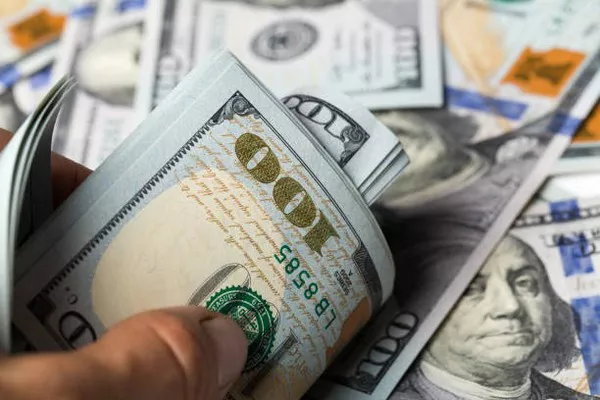Currency, beyond its utilitarian function, often holds historical significance and collector’s value. The $2 bill, in particular, stands as a unique piece of American currency, often sparking curiosity about its worth, especially when considering its age. Delving into the history, production, and collector’s market sheds light on the value of the oldest $2 bills.
History of the $2 Bill
The $2 bill has a rich history dating back to the very roots of the United States’ monetary system. First issued in 1862, during the Civil War, the $2 bill was introduced as a Legal Tender Note by the United States government. Initially, it featured a portrait of Alexander Hamilton, the first Secretary of the Treasury, on the obverse side, and an allegorical representation of agriculture on the reverse.
Throughout its history, the $2 bill underwent several design changes, with notable figures such as Thomas Jefferson gracing its face. Despite periodic fluctuations in circulation, the $2 bill persisted, albeit becoming relatively rare in everyday transactions compared to other denominations.
Value Determinants of the Oldest $2 Bills
The value of the oldest $2 bills hinges on several key factors, including rarity, condition, historical significance, and collector demand.
Rarity: As with any collectible item, rarity plays a crucial role in determining value. The oldest $2 bills, particularly those from the late 19th and early 20th centuries, are inherently scarce due to factors such as limited production numbers, circulation wear, and natural attrition.
Condition: The state of preservation significantly influences a $2 bill’s value. Uncirculated or lightly circulated bills with crisp, clean edges and vibrant ink command higher prices in the collector’s market compared to heavily worn or damaged specimens.
Historical Significance: Some $2 bills carry added value due to their historical context. For instance, bills from specific years of issue coinciding with significant events or changes in currency design may attract collectors seeking pieces of Americana or numismatic enthusiasts interested in historical currency evolution.
Collector Demand: Ultimately, the value of the oldest $2 bills is driven by collector demand. The interest in acquiring rare or unique specimens, whether for investment purposes, historical appreciation, or personal enjoyment, can significantly influence market prices.
Notable Examples of Valuable $2 Bills
Several notable examples of valuable $2 bills exemplify the diverse range of factors contributing to their worth:
1896 Educational Series: The 1896 $2 silver certificate, part of the Educational Series, features intricate designs symbolizing science and industry. Its artistic appeal, combined with its age and historical significance, makes it highly sought after by collectors, with well-preserved specimens commanding premium prices at auctions.
1928 Red Seal Note: The 1928 $2 bill, bearing a distinctive red seal and serial numbers, represents the transition from large-size to small-size currency. Despite its relatively recent vintage compared to earlier issues, the 1928 Red Seal Note’s scarcity in uncirculated condition contributes to its desirability among collectors.
1976 Bicentennial Edition: Issued to commemorate the United States’ bicentennial, the 1976 $2 bill features a special reverse design depicting John Trumbull’s iconic painting “Declaration of Independence.” While readily available in circulation during the bicentennial year, well-preserved examples with consecutive serial numbers or unique printing errors command premiums in the collector’s market.
Market Trends and Investment Potential
In recent years, interest in rare and collectible currency, including the oldest $2 bills, has surged among investors and enthusiasts alike. Auction houses, numismatic conventions, and online platforms serve as hubs for buying, selling, and trading vintage currency, with prices reflecting both intrinsic value and speculative demand.
The investment potential of the oldest $2 bills lies in their dual nature as historical artifacts and tangible assets. Unlike stocks or bonds, which are subject to market fluctuations and economic factors, rare currency maintains inherent value irrespective of broader economic conditions. Moreover, as finite collectibles, the oldest $2 bills offer a hedge against inflation and currency devaluation over time.
See Also How Long Will The Dollar Remain Strong?
Conclusion
The worth of the oldest $2 bills transcends their face value, encompassing a rich tapestry of history, rarity, and collector demand. From the early Legal Tender Notes of the Civil War era to the intricately designed silver certificates and modern Federal Reserve issues, each $2 bill tells a unique story of American currency evolution.
As collectors and investors continue to seek out these rare treasures, their value endures, serving as a testament to the enduring allure of numismatics and the timeless appeal of rare currency. Whether as a hobbyist’s passion or a savvy investor’s portfolio diversification strategy, the oldest $2 bills stand as enduring symbols of America’s monetary heritage and cultural legacy.


